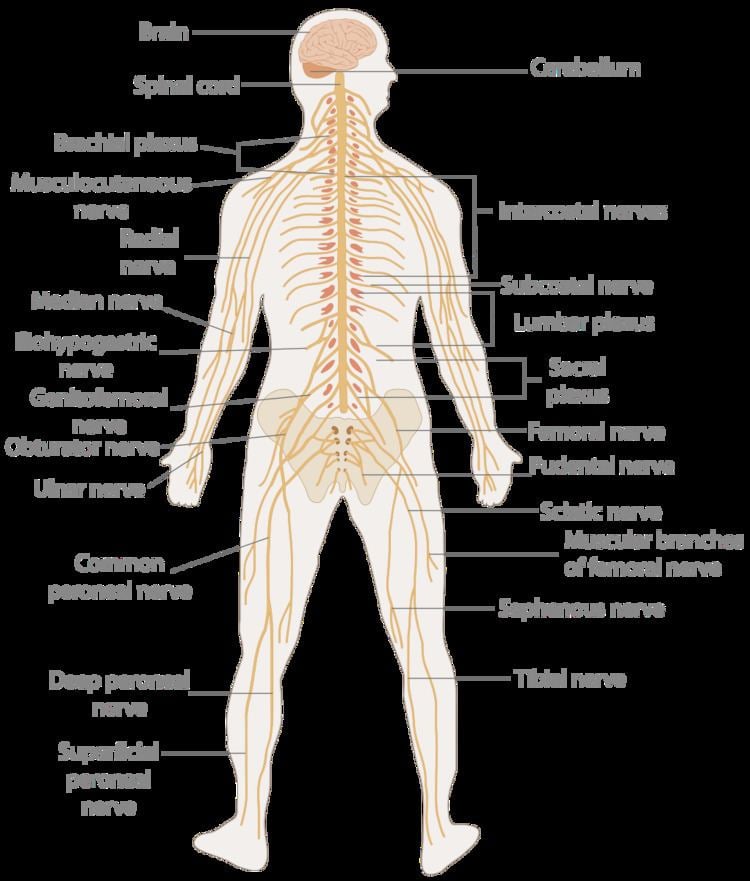 | ||
A biological system is a complex network of biologically relevant entities. As biological organization spans several scales, examples of biological systems are populations of organisms, or on the organ- and tissue scale in mammals and other animals, the circulatory system, the respiratory system, the nervous system, etc.
On the micro to the nanoscopic scale, examples of biological systems are cells, organelles, macromolecular complexes and regulatory pathways.
A biological system is not to be confused with a living system, which is commonly referred to as life. For further information see e.g. definition of life or synthetic biology.
Organ and tissue systems
These specific systems are widely studied in Human anatomy. "Human" systems are also present in many other animals.
